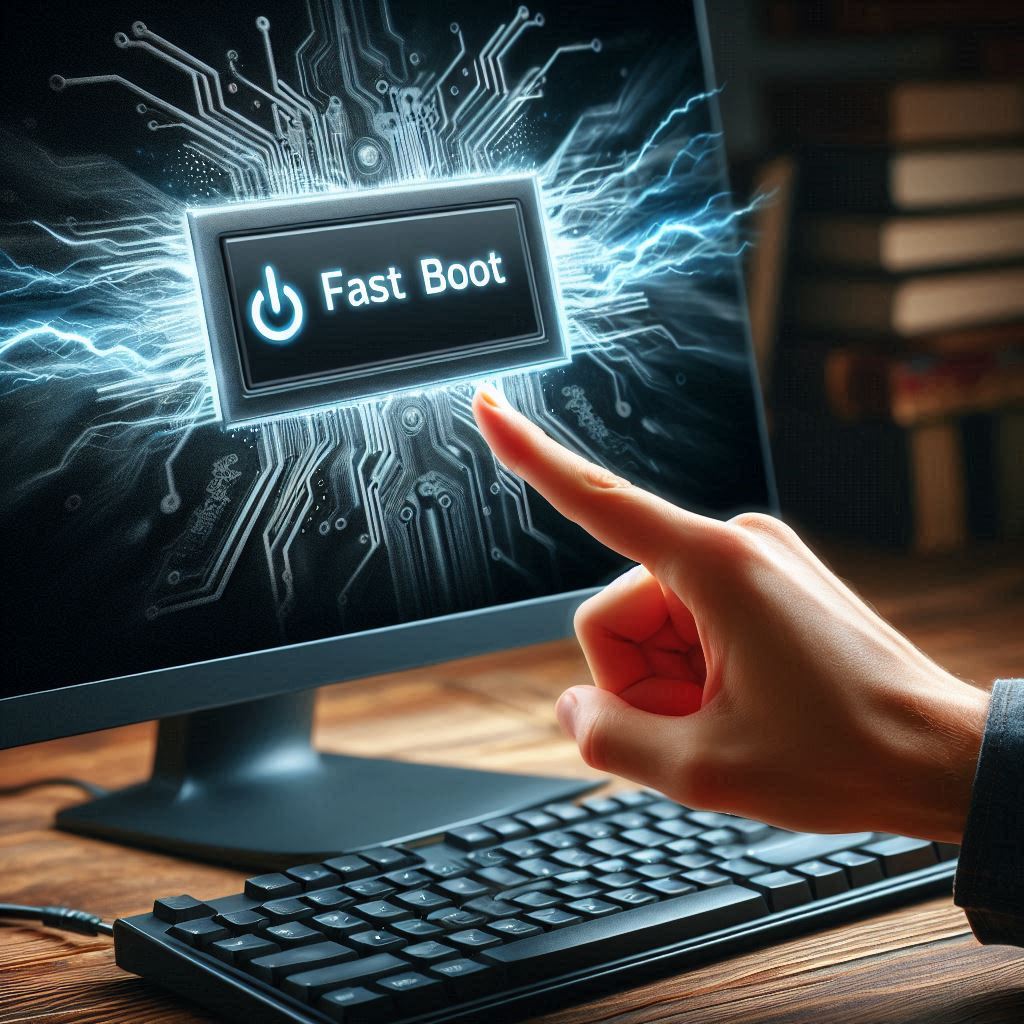In today’s fast-paced world, waiting for your computer to boot up can feel like an eternity. Thankfully, Windows PCs come equipped with a feature called Fast Boot (or Fast Startup) designed to significantly reduce startup times. This guide will walk you through the steps to enable Fast Boot on your Windows PC, allowing you to spend more time being productive and less time staring at a loading screen.
What is Fast Boot?
Fast Boot is a hybrid of traditional cold booting and hibernation. Instead of shutting down completely, your PC saves the state of the Windows kernel and drivers to a file (hiberfile) on your hard drive. When you turn on your PC, it loads this file, enabling a quicker start-up compared to a full boot.
Step-by-Step Guide to Enabling Fast Boot
Step 1: Open the Control Panel
- Press
Windows Key + Sto open the search bar. - Type “Control Panel” and press Enter.
- In the Control Panel, select “System and Security.”
Step 2: Access Power Options
- In the “System and Security” section, click on “Power Options.”
- In the left sidebar, click on “Choose what the power buttons do.”
Step 3: Enable Fast Boot
- Click on the “Change settings that are currently unavailable” link at the top.
- Under the “Shutdown settings” section, find the checkbox for “Turn on fast startup (recommended).”
- Check this box to enable Fast Boot. If the option is greyed out, you may need to enable hibernation first.
Step 4: Enable Hibernation (if necessary)
- Press
Windows Key + Xand select “Windows Terminal (Admin)” or “Command Prompt (Admin).” - In the terminal window, type the following command and press Enter:
powercfg /hibernate on3. Close the terminal and return to the Power Options menu to enable Fast Boot.
Step 5: Save Changes and Restart
- Click on “Save changes” to apply the new settings.
- Restart your computer to experience the faster boot times.
Troubleshooting
- Fast Boot Not Working: Ensure all drivers and the BIOS/UEFI firmware are up to date. Sometimes, outdated software can prevent Fast Boot from functioning correctly.
- Dual-Boot Systems: If you’re dual-booting with another operating system, Fast Boot can cause issues. In such cases, you might want to keep it disabled.
- SSD Users: While Fast Boot can still provide benefits, if you’re using an SSD, the improvement might be less noticeable since SSDs already have faster boot times compared to HDDs.
Conclusion
Enabling Fast Boot is a simple yet effective way to enhance your Windows PC’s performance. By following these steps, you can enjoy quicker start-ups and a more efficient workflow. As always, ensure your system is regularly updated and maintained for the best results. Happy computing!
Feel free to leave a comment below if you have any questions or need further assistance with enabling Fast Boot on your Windows PC.


